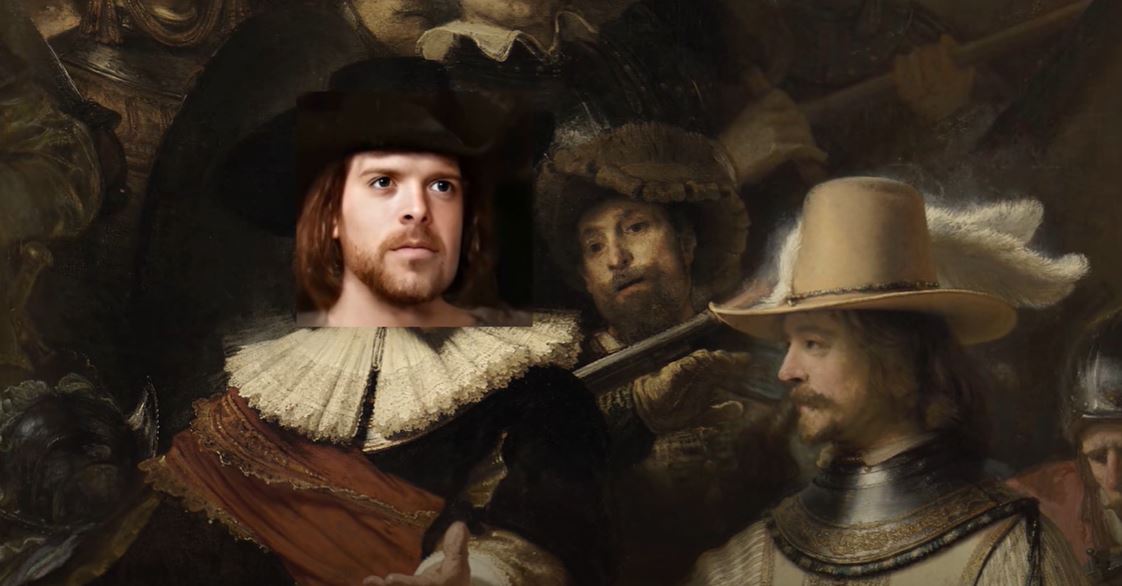These are, Shiryaev emphasizes, “estimations,” not historical recreations of the faces behind Leonardo’s Mona Lisa and Lady with an Ermine, Botticelli’s model for The Birth of Venus, Vermeer’s for Girl with a Pearl Earring, or Rembrandt’s The Night Watch. In the case of American Gothic, we have a photo of the model, artist Grant Wood’s sister, to compare to the AI’s version. Frida Kahlo's Self-Portrait with Thorn Necklace and Hummingbird gets the treatment. She left perhaps a few hundred photographs and some films that probably look more like her than the AI version.
Rather than make old film look new, he’s “applied a bunch of different neural networks in an attempt to generate realistic faces of people from famous paintings.”

In this episode of A.I. stuff - I’ve applied a bunch of different neural networks in an attempt to generate realistic faces of people from famous paintings. In the results, you’ll see an estimation of the face, so we can’t consider those faces as historically accurate, but it is a fun thing to do. - Denis Shiryaev
The GIF-like “transformations,” as they might be called, may remind us of a less fun use of such technology: AI’s ability to create realistic faces of people who don’t exist for devious purposes and to make “deep fake” videos of those who do. But that needn’t take away from the fact that it’s pretty cool to see Botticelli’s Venus, or a simulation of her anyway, smile and blink at us from a distance of over 500 years.